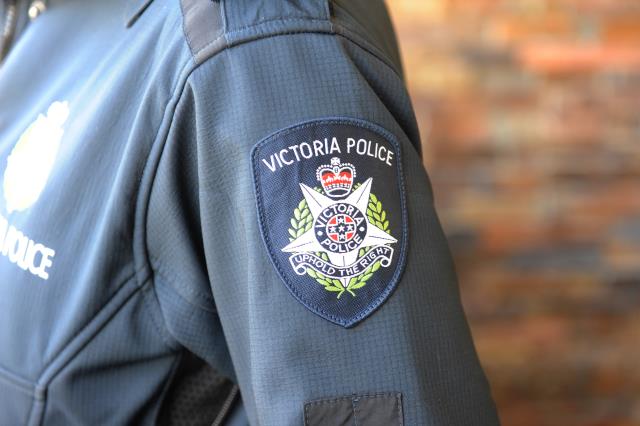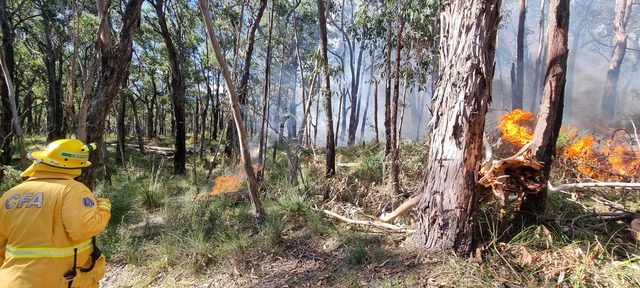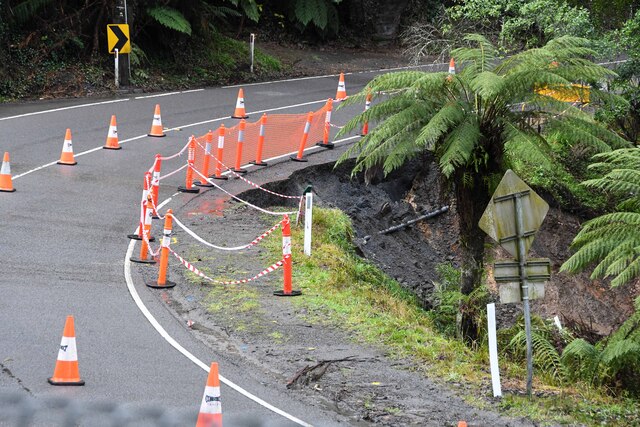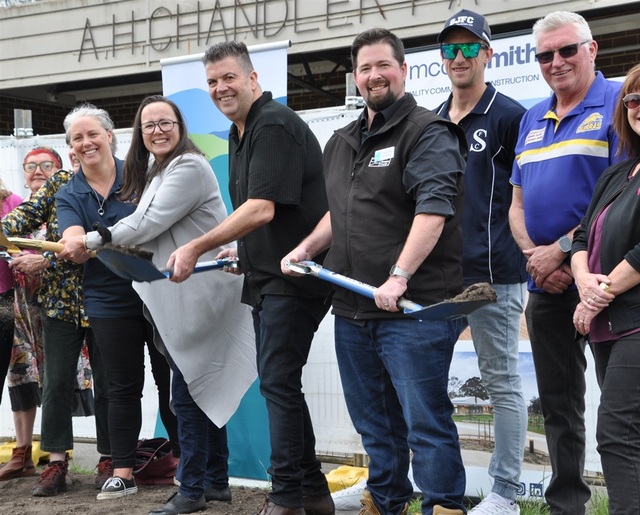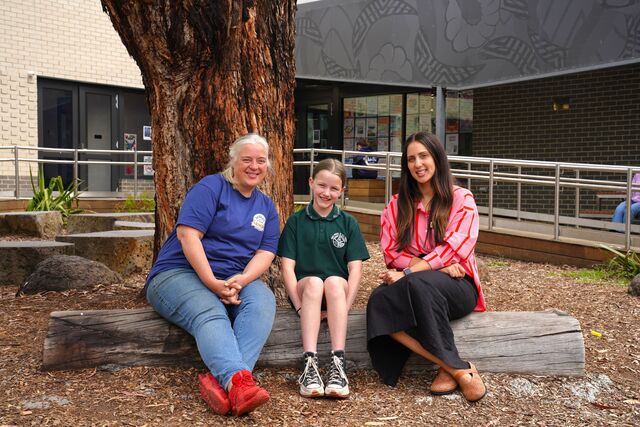 Yarra Junction CFA, from left, Pete Peluso, Steve Drennan, Eddie Hill, Jen McIntyre, Catherine Holmes, Naomi Booker, Barry Teklenburg, Steve Holmes, Barry Booker, John Chibnall, Frank Colverson, Kayla Parnell and Trevor Cook. Not in photo: Cameron MacDonald, Justin Hall, Kevin Ward, Ted Shalders, Melissa Bell, Janaya O’Dempsey and Callan Mauger. 39603
Yarra Junction CFA, from left, Pete Peluso, Steve Drennan, Eddie Hill, Jen McIntyre, Catherine Holmes, Naomi Booker, Barry Teklenburg, Steve Holmes, Barry Booker, John Chibnall, Frank Colverson, Kayla Parnell and Trevor Cook. Not in photo: Cameron MacDonald, Justin Hall, Kevin Ward, Ted Shalders, Melissa Bell, Janaya O’Dempsey and Callan Mauger. 39603
By Kath Gannaway
ALL the people who Yarra Junction veteran fire-fighter Frank Colverson calls ‘local old-timers’ would have known the threat to their side of the valley on Black Saturday was potentially very serious.
No doubt he would even include some younger ‘old timers’ – like Yarra Junction CFA captain Barry Teklenburg – among those who had the experience to know that the Warburton Highway townships were vulnerable to fires from the north-west.
“Basically, they’re the ones that come up over Panton’s Gap and the top of Toolebewong to Ben Cairn – traditionally that’s the way they come across and with the way the wind was blowing on Black Saturday, that’s the way it would have come,” explained the former Junction captain.
He is one of four or five long-term volunteers in the brigade of about 20 men and women who make up an enviable bank of experience.
He and his captain agree, Yarra Junction and the surrounding communities were lucky – fortunate beneficiaries of one of the many wind changes that brought salvation or destruction to communities on 7 February.
Timing is everything in such a fast moving fire.
“If that fire at Kilmore had started half an hour earlier, or the wind change come half an hour later, the fire would have been across the Warby Highway,” Mr Colverson says.
“It had the potential to be a very serious threat across into the Upper Yarra Valley.”
With their tanker allocated to a strike team out of the valley, the Yarra Junction members had their pumper and a private vehicle on call, if needed.
“Ours and Warburton’s pumper were the only vehicles at this end of the world that weren’t occupied,” Mr Teklenburg said.
A couple of members, including Mr Colverson, were at the Wesburn staging area and later in the day members went to Badger Creek, then to a couple of lightning strikes closer to home.
As captain, Mr Teklenburg was at the station.
“Historically at Yarra Junction, and I feel too, that the captain’s job is to plan and remain in the area to run the brigade and make the decisions that need to be made.
“If you’re on the back of a truck you’re not fully aware of what’s going on in the township – that’s the job of the lieutenants,” he said.
Over the next three of four weeks crews joined strike teams in Healesville, Toolangi and Chum Creek.
For most on those crews, it was a new experience.
“None of our members experienced the intensity of those first 12 hours, but they did as part of the strike teams a few days down the track,” Mr Teklenburg said, adding that for all but three of four involved in Ash Wednesday, 26 years ago, it would have been a sobering experience.
“Unless you see it for yourself you don’t realise what a fire can actually do; how it just takes everything away,” he said.
“You see the small fires, burns of 10 or 15 hectares of grass, but what it can do in a populated area, you have to see for yourself.”
For Mr Colverson, the role of a local brigade is every bit as much about community leadership as it is about hoses and sirens. He is surprised that a lot of local people know so little about fire behaviour, and their response is, he said, often panic.
“The phone (at the station) was constantly ringing asking what they should do and what the situation was, and so apart from fighting the fires, our role is one of trying to reassure, to calm people down and get them to stop and think.
“That’s the other side of active fire fighting – when you’re in a town and you know the potential threat, you’re constantly aware of all the factors involved.
“On that day, knowing that most of the trucks out there, as they should have been, were out fighting the fires, you try to get other things happening in the community which might give you some hope.”

